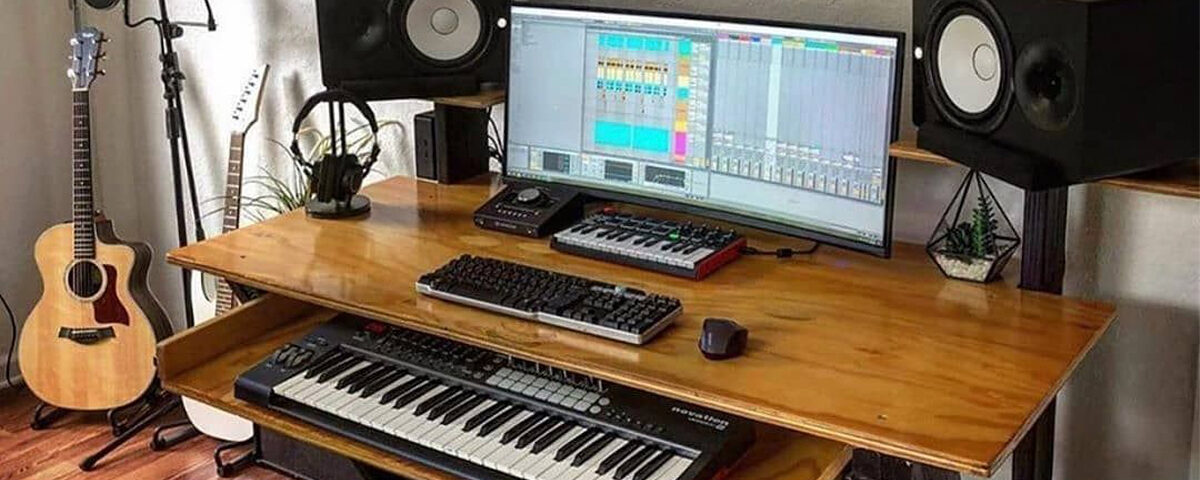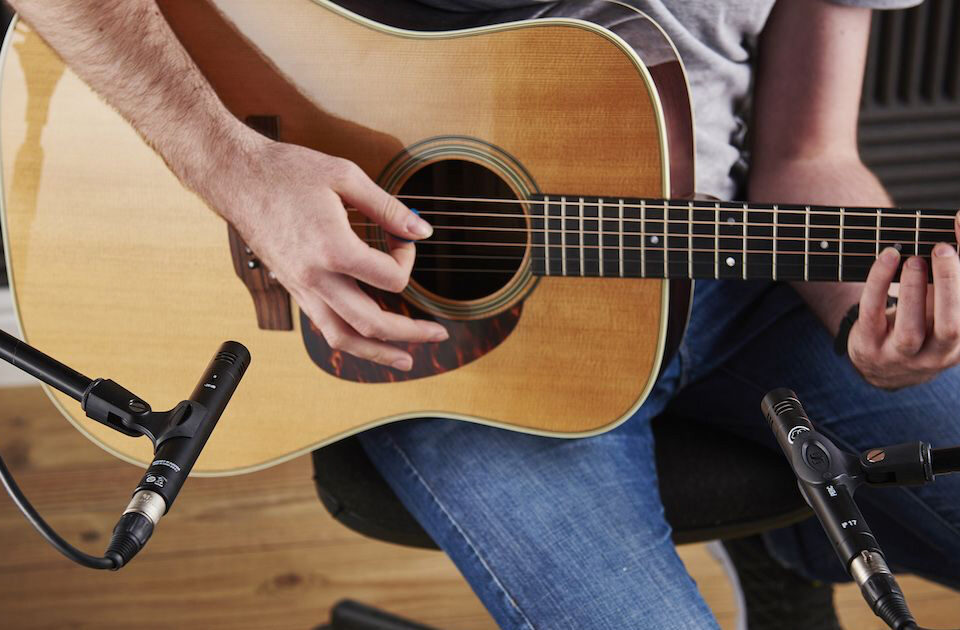Home Recording Studio Setup – A Comprehensive Guide to Achieving Professional Sound
In recent years, the accessibility and affordability of audio recording technology have made it possible for musicians, podcasters, voice-over artists, and aspiring producers to create professional-quality recordings from the comfort of their own homes. However, setting up a home recording studio requires more than just purchasing the latest gadgets. It involves careful consideration of equipment, acoustics, and workflow to ensure optimal results. This article aims to provide a comprehensive guide to help you create a functional and efficient home recording studio that delivers exceptional sound quality.
1. Acoustic Treatment
One of the most critical aspects of setting up a home recording studio is addressing the issue of room acoustics. Unwanted reflections, echoes, and resonances can severely affect the quality of your recordings. To mitigate these issues, you need to consider the following:
a. Bass Traps: Placing bass traps in the corners of your room helps control low-frequency build-up and comb filtering, resulting in a tighter and more accurate sound.
b. Diffusers: Diffusers scatter sound waves to minimize flutter echoes and create a balanced acoustic environment.
c. Absorption Panels: Installing absorption panels on the walls, ceiling, and even the floor helps minimize reflections and improves the overall clarity of your recordings.
d. Reflection Filters: If you’re working in a small space, using reflection filters around your microphone can help reduce room reflections and focus on the direct sound source.
2. Studio Monitors
Investing in a pair of quality studio monitors is crucial for accurate monitoring and mixing. Studio monitors are designed to reproduce sound neutrally, allowing you to hear the most accurate representation of your recordings. Consider the following factors when choosing studio monitors:
a. Nearfield vs. Midfield: Nearfield monitors are ideal for small to medium-sized rooms and are placed close to the listener, while midfield monitors are suited for larger spaces and are positioned farther away.
b. Frequency Response: Look for monitors that offer a flat frequency response, ensuring that no frequencies are excessively boosted or attenuated.
c. Power and Amplification: Ensure that the monitors have enough power and amplification to fill your studio space adequately.
3. Headphones
While studio monitors are essential, a good pair of headphones is equally important. They serve multiple purposes, including tracking, editing, and referencing. Here are some considerations for selecting headphones:
a. Closed-Back vs. Open-Back: Closed-back headphones offer better isolation and are ideal for tracking, while open-back headphones provide a more natural and spacious sound, suitable for mixing and critical listening.
b. Frequency Response: Look for headphones that have a balanced and accurate frequency response to ensure that your mix translates well across different playback systems.
c. Comfort and Durability: Since you’ll be spending long hours wearing headphones, comfort and durability are crucial factors to consider.
4. Ergonomics
Creating an ergonomic and comfortable workspace is often overlooked but can significantly impact your productivity and well-being. Consider the following tips:
a. Desk and Chair: Invest in a comfortable desk and chair that offer proper support and adjustable features to prevent discomfort and fatigue during long recording and editing sessions.
b. Cable Management: Organize and route cables neatly to minimize clutter and prevent any potential tripping hazards.
c. Lighting: Ensure adequate lighting in your studio to avoid eye strain and maintain focus on your equipment and recording tasks.
d. Workstation Layout: Arrange your equipment and monitors in an ergonomic setup to ensure easy access and efficient workflow.
Summary
Setting up a home recording studio is an exciting endeavor that requires careful planning and consideration. By addressing the key areas of acoustic treatment, choosing the right studio monitors and headphones, and creating an ergonomic workspace, you can create a productive environment that yields professional-quality recordings.
Remember to prioritize quality over quantity when selecting your equipment, and be willing to invest in upgrades as your skills and needs evolve. With dedication, creativity, and the right setup, your home recording studio can become a creative haven for producing exceptional audio content.


